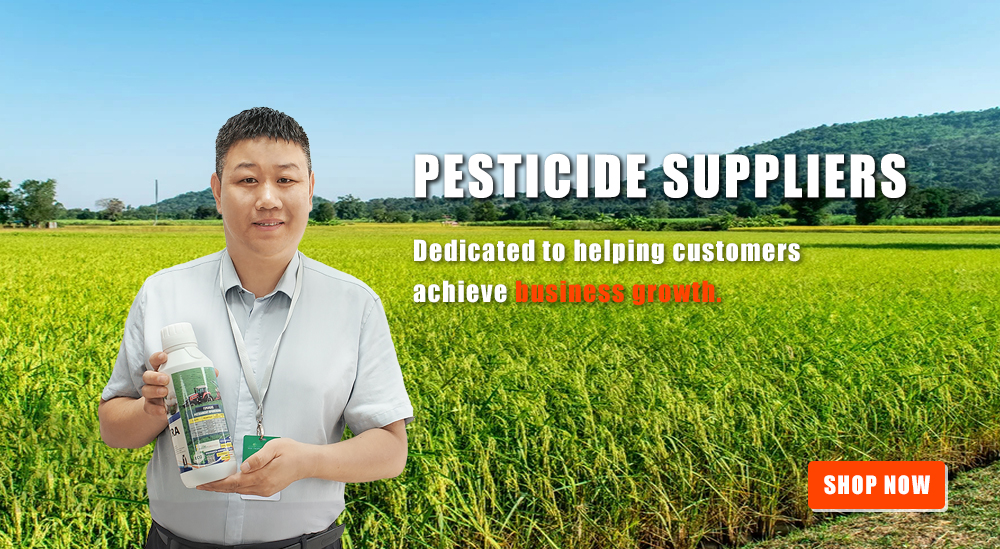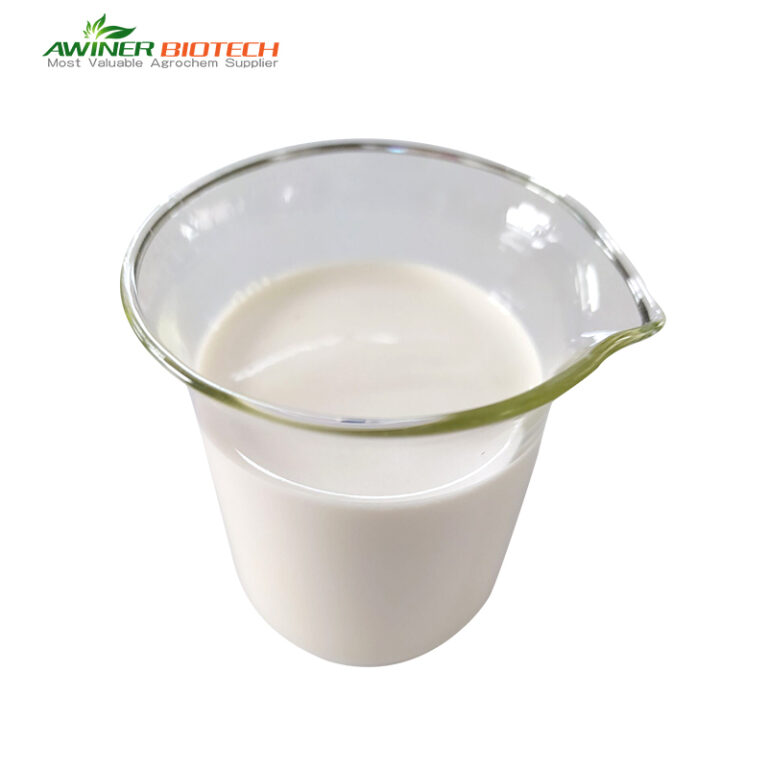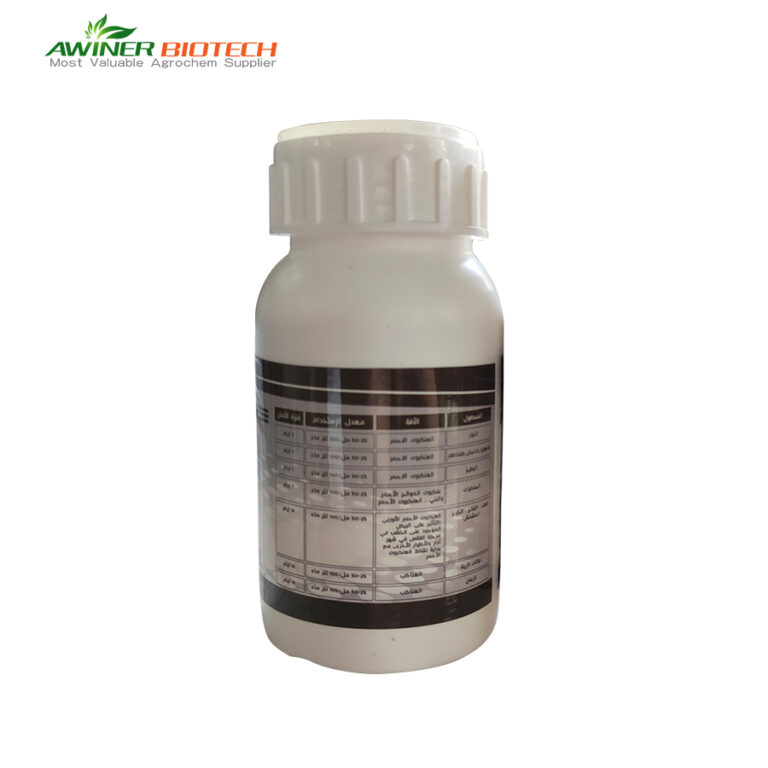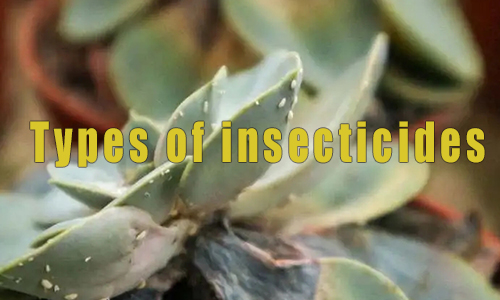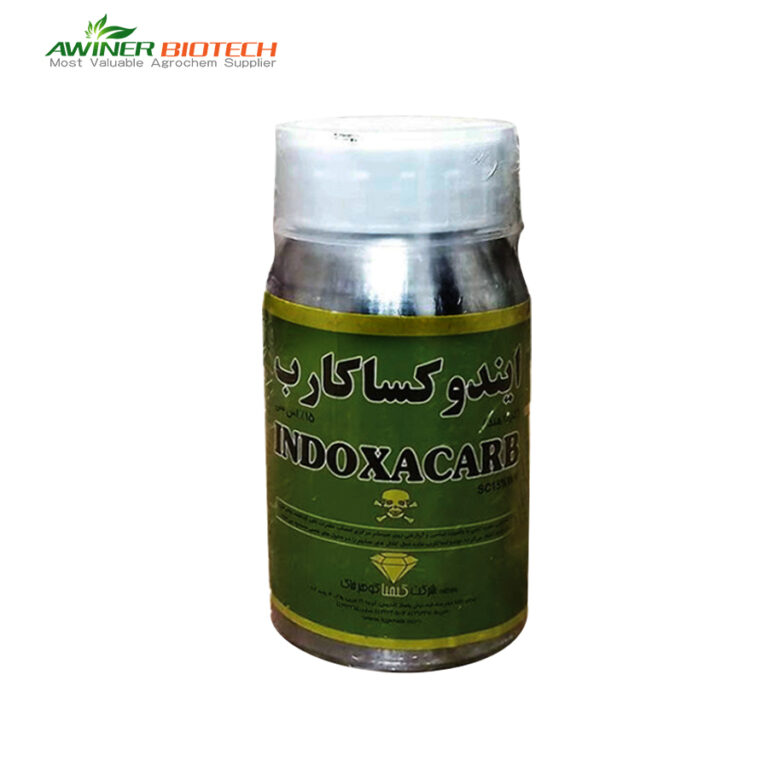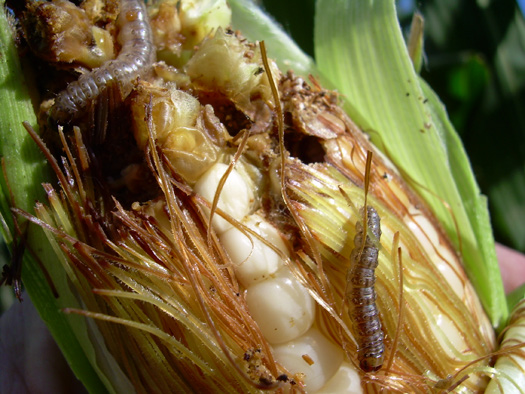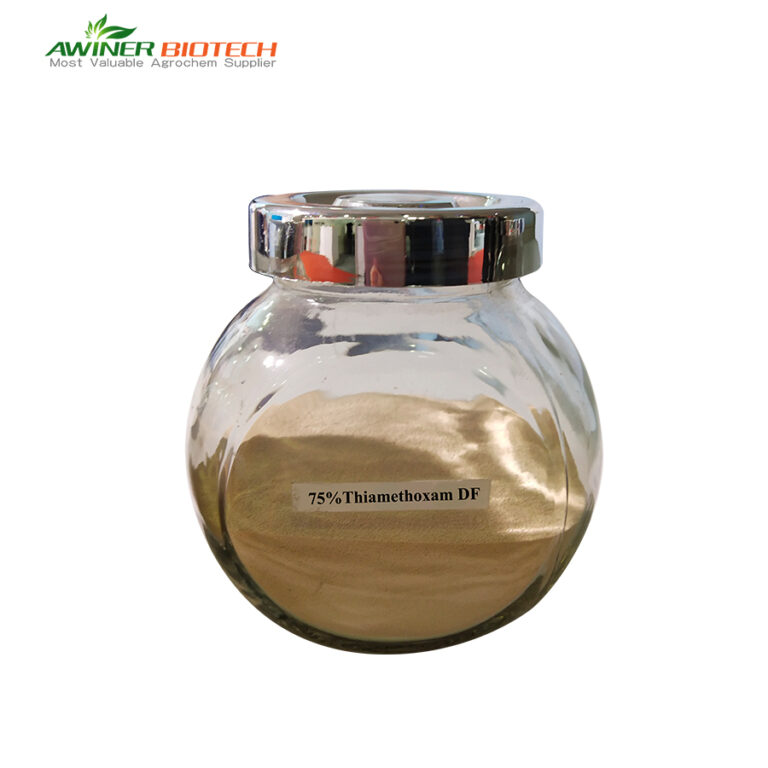Bifenazate 43% SC
Bifenazate Mode of Action
Awiner Bifenazate insecticide acts through a distinctive mechanism that targets the γ-aminobutyric acid (GABA) receptor in the central nervous system of mites. It provides control across all mite life stages, with both ovicidal activity and strong knockdown effects on adults within 48–72 hours. The product shows minimal influence on predatory mites, does not interfere with plant growth, and delivers long-lasting protection, making it an excellent choice for integrated pest management programs.
Applicable Crops
Corn, wheat, cotton, flowers, fruit trees, vegetables, etc.



Target pests
Bifenazate can control agricultural pests such as citrus spider mites, rust ticks, hawthorn spider mites, and two-spotted spider mites.

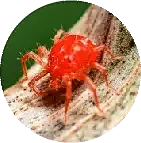

How to use
1. To control citrus red spider mites and Panonychus mites, spray 43% bifenazate suspension concentrate at a 1500-2500 times dilution. During the infestation period, evenly spray once with water. The safe interval for using this product on citrus trees is 20 days.
2. To control strawberry two-spotted spider mites and red spider mites, grape two-spotted spider mites, and grape spider mites, spray 43% bifenazate suspension concentrate at a 2500-4000 times dilution during the early stages of an infestation. Apply evenly. Do not exceed once per crop season.
3. To control flowers and ornamental plants red spider mites, yellow spider mites, two-spotted spider mites, and tea yellow mites, spray 43% bifenazate suspension concentrate at a 2000-4000 times dilution. 4. To prevent and control truncate spider mites and two-spotted spider mites on garlic, onion and other vegetables, in the early stage of spider mite infestation, you can spray 2000-4000 times of 43% bifenazate suspension with a safe interval of 7 days. It can be used no more than once per season.
Precautions
1. The safe interval for Bifenazate is generally 20 days. Avoid using it before harvest. Although Bifenazate is effective against mites, long-term use alone can easily lead to resistance. It is recommended to alternate or mix it with acaricides with different mode of action. Be careful to avoid mixing it with strongly alkaline pesticides or fertilizers to prevent decomposition and ineffectiveness.
2. Bifenazate is toxic to fish and aquatic life. Do not use it in aquaculture areas, rivers, or other bodies of water. Applicators should not be rinsed in water, and discarded packaging should be properly disposed of. Do not discard or contaminate water sources.
3. Bifenazate must be diluted to the required dilution ratio before use. Prepare it immediately. Use it in advance when the insect population is low. When the insect population is high, mix it with other fast-acting acaricides. To ensure efficacy, spray evenly, ensuring that both sides of the leaves are sprayed and avoiding missed areas. Do not increase the dosage arbitrarily to avoid pesticide damage. The specific dilution ratio should be determined based on local market conditions and pest conditions.
Bifenazate compound products
1.Bifenazate + Abamectin
2.Bifenazate + Pyridaben
3.Bifenazate + Hexythiazox
4.Bifenazate + Etoxazole
5.Bifenazate + Spirodiclofen
FAQ
1. Does Awiner Biotech provide samples for customized pesticides?
Yes, we offer samples to help customers evaluate product quality and suitability before placing bulk orders.
2. Can Awiner Biotech assist with label design?
Yes, we have a professional design team that works closely with customers to create customized labels that meet branding and regulatory requirements.
3. Does Awiner Biotech offer one-stop procurement services?
Yes, we provide comprehensive one-stop solutions, covering everything from product formulation and packaging design to production and delivery, ensuring a seamless purchasing experience.
4. How does Awiner Biotech manage pre-sales and after-sales services?
We pride ourselves on excellent pre-sales and after-sales management. Our team provides professional consultation before purchase, ensuring customers find the best solutions for their needs. After purchase, we offer continuous support, including usage guidance, technical assistance, and timely resolution of any concerns.
